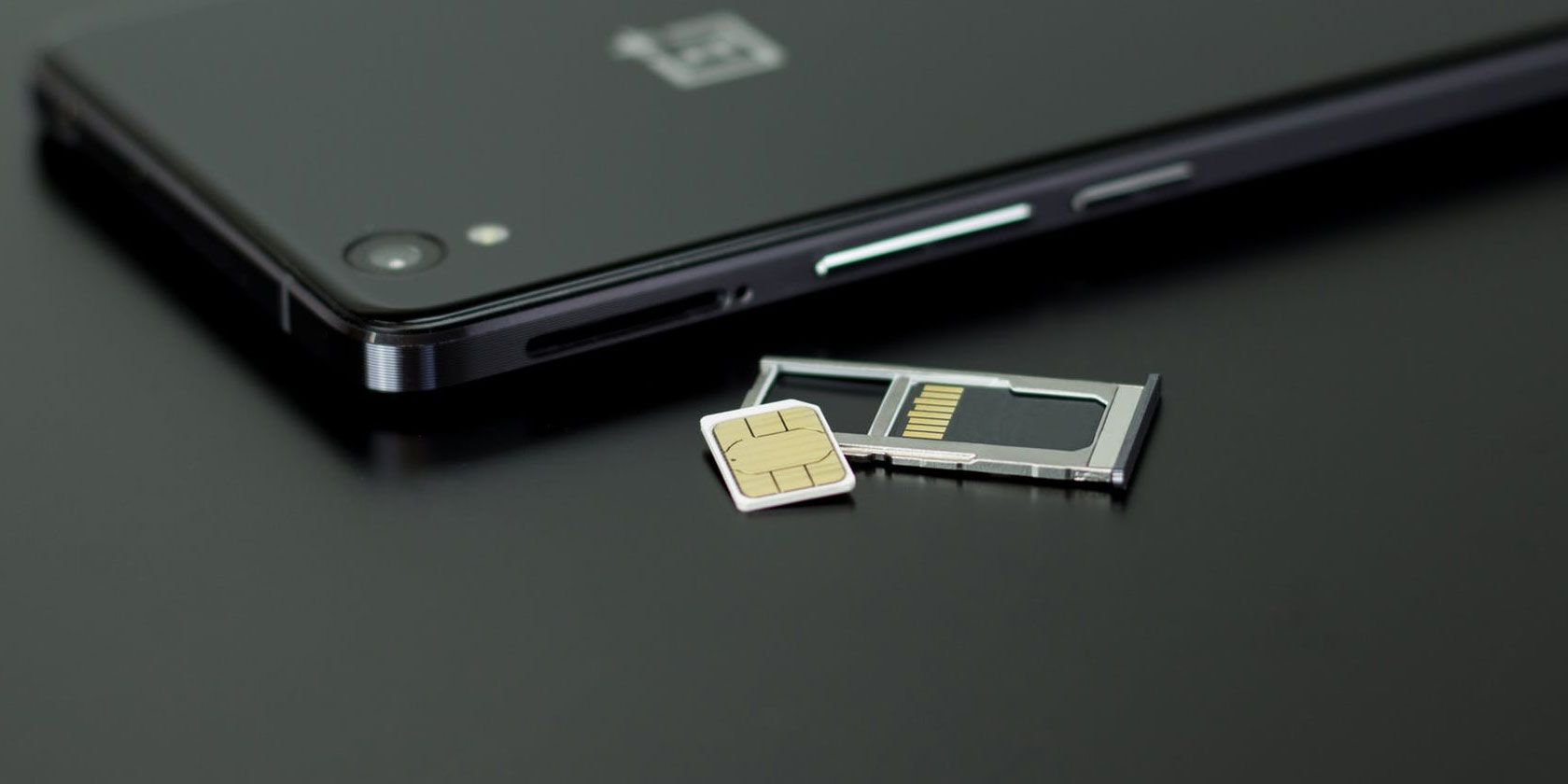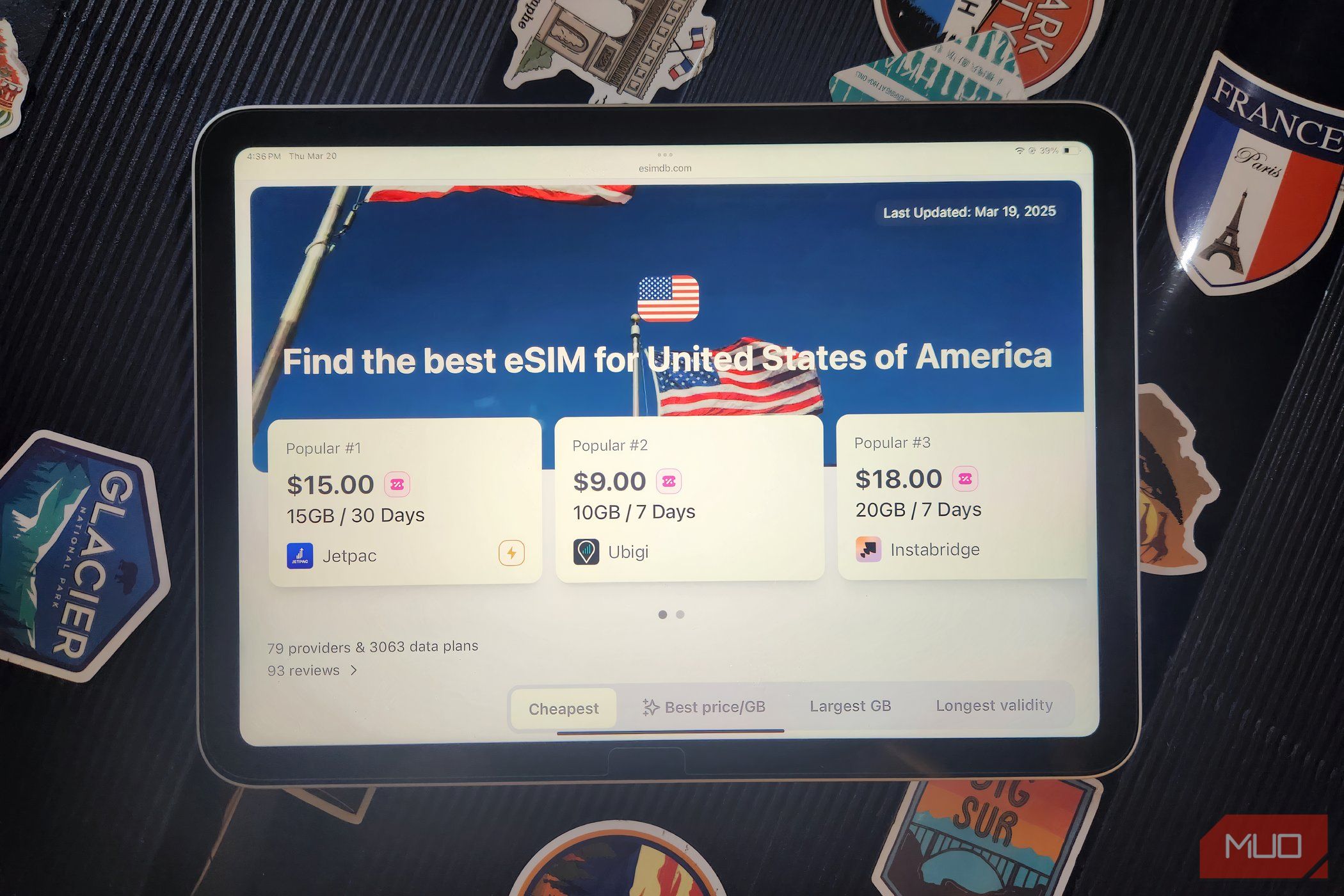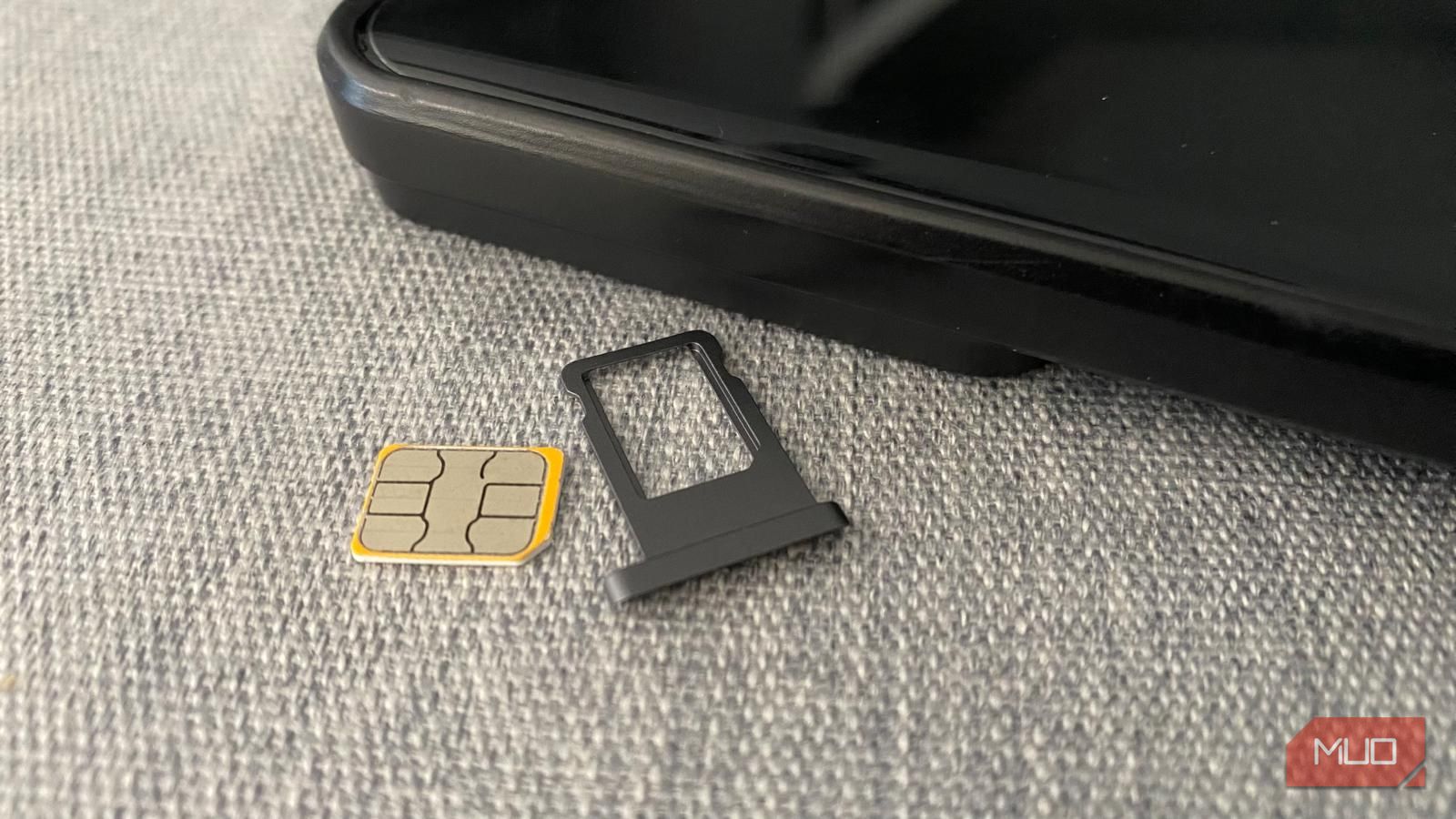Choosing the right SIM option on the road isn’t just about price: it’s about flexibility, reliability, and the pace of your trip. Some destinations reward spontaneity and others demand preparation, but with a little planning, you’ll always make the right call when you land somewhere new.
When eSIMs Are the Better Choice
Sometimes, the best plan is the one that keeps you moving. eSIMs are built for travelers who value momentum, minimal friction, and staying one step ahead.
For Short Trips and Country-Hopping
If you’re only traveling for a few days or constantly relocating between multiple countries, an eSIM is hands-down the easiest way to stay connected. You can install it before your flight, skip airport kiosks entirely, and start using data the moment you land.
Regional plans cover entire geographical areas, rather than being limited to borders. Because of this, there’s no need to switch between plans as you travel between countries. It’s fast, hassle-free, and perfect for keeping your momentum during multi-stop itineraries.
It might seem daunting to choose between plans, but you can easily weigh your options by using eSIM sites before traveling, many of which offer a vast selection of data plans tailored to different regions and countries.
If You Want a Quick Setup With Minimal Hassle
Trying to buy a SIM card in a country where you don’t speak the language fluently can feel overwhelming, to say the least. Some kiosks require your passport, while others only accept local payment methods.
With an eSIM, you skip all that headache. It’s a full digital installation, and everything happens in your native language. No awkward conversations at the counter, no risk of getting a plan that throttles your data at 1GB; just a straightforward process that couldn’t be any simpler.
For Dual-SIM Functionality and Flexibility
Newer smartphones let you run both an eSIM and a physical SIM simultaneously. That means you can keep your familiar number active for two-factor authentication or emergency calls while using a separate eSIM for data.
Opting to add an eSIM rather than replacing your physical SIM can be a lifesaver when an app sends an authentication code to your main number, but you’re five time zones away from home. Going eSIM-first keeps your primary line always ready in the background.
When You Need Enhanced Security and Remote Control
When it comes to overall security, eSIMs are safer than physical SIM cards. Unlike a removable card, eSIMs can’t be easily extracted if your phone is lost or stolen. That alone adds a layer of protection when you’re traveling in unfamiliar territory.
With modern devices, you can remotely lock or wipe your phone, and the eSIM stays active, allowing for tracking or recovery. Plus, switching carriers or numbers can be done digitally—no need to physically handle your phone. It’s discreet, secure, and gives you more control when it matters most.
When Local SIM Cards Make More Sense
Local SIMs come into their own when you need reliable coverage and a real connection to where you are. They tend to offer better prices, stronger signals, and access to services that eSIMs can’t match.
If You’re Staying in One Country for a While
Staying in one place for a month or more? Consider going local. While travel eSIMs offer convenience, they often come with limited data and higher prices. In contrast, many domestic carriers provide physical SIM cards with generous prepaid bundles. These sometimes include perks like unlimited data, local calls, or app-specific benefits.
Local plans frequently offer better value, such as daily data boosts or time-based packages that eSIM providers can rarely match. For long-term or budget-conscious travelers, the cost savings can be significant.
For Superior Network Coverage
Even with modern advancements in technology, there are still plenty of reasons why you should buy a phone with a physical SIM slot. Because eSIM providers typically piggyback on existing networks, they often don’t provide access to their full speeds or tower priority. In rural areas, this can have a significant impact.
Local SIMs—especially those from dominant national carriers—get you increased signal strength, faster speeds, and can even provide enhanced customer support if something goes awry. Mobile network providers in remote regions often prioritize their own SIM users when allocating bandwidth or servicing towers during outages.
When You Need a Local Phone Number
Some travel eSIMs are data-only, which can work fine for WhatsApp, Telegram, or Google Voice. However, if you need a local number for delivery apps, bank verifications, or calling a cab in a no-Wi-Fi zone, a local SIM makes more sense.
In many countries, a local number is also tied to digital identity systems—used for tax IDs, residency applications, and even boarding a bus. Without one, traveling locally or settling in long-term can become significantly more difficult.

Related
eSIM vs. SIM, Explained: What’s eSIM and What’s the Difference?
Is an eSIM better than a physical SIM card? A lot of phones comes with both options, so which should you use?
Fortunately, you don’t need to pick a side forever. I’ve bounced between eSIMs and local SIMs depending on where I’m headed and how long I’m staying. The real strength lies in adapting to your specific situation.
Traveling smart isn’t always about choosing the cheaper or faster option; it’s about knowing when to use each tool. Choose based on context, and you’ll stay connected no matter where you are.









Leave a Comment
Your email address will not be published. Required fields are marked *